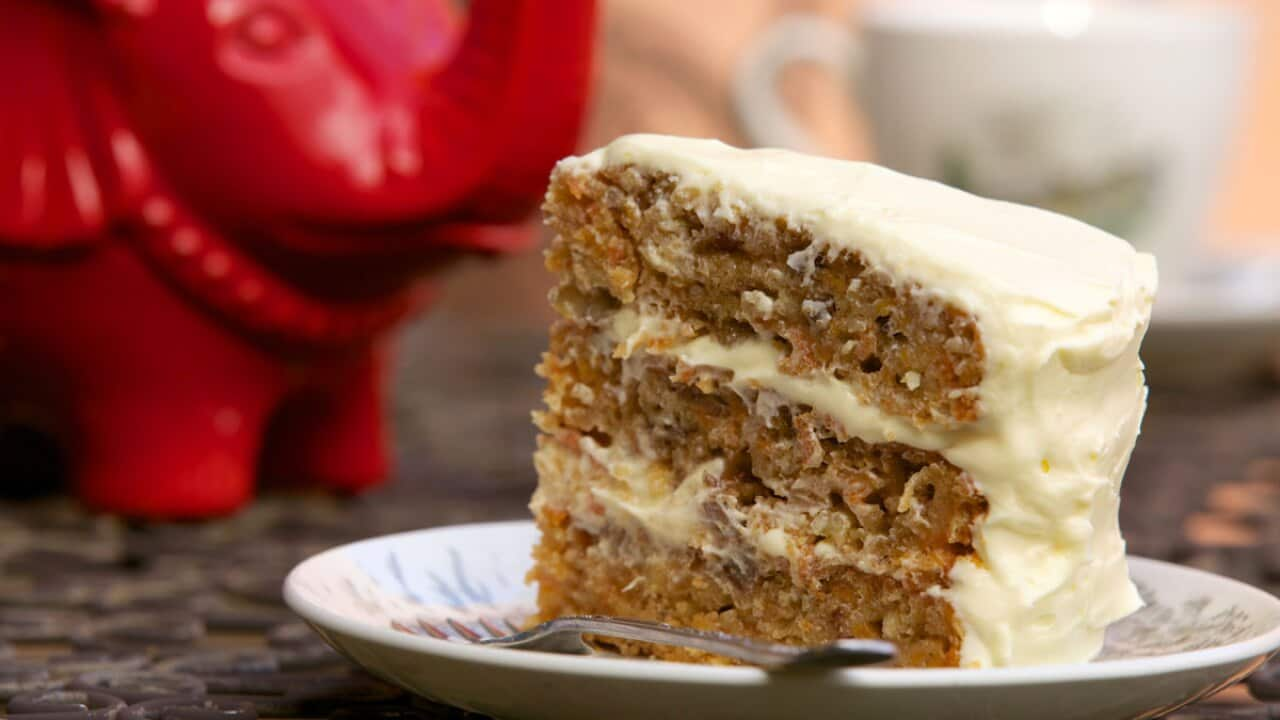You glaze over the 'softened' butter part
It’s true – butter makes most things better. But that’s on the proviso you’re using the right butter for your baked good. If the recipe is asking for cold butter, or even frozen (a rough puff, for example) then do as it says. If it’s too warm or soft, you won’t get those lovely buttery streaks through your pastry that give it a lovely flaky texture. Similarly, softened butter is often called for in many cake batters to help everything come together and aid airiness.
What about salted versus unsalted?
And the same goes for salted versus unsalted: stick to the recipe, or you’ll muck with the flavour balance. As a general rule of thumb, unsalted is better as you can control the salt quantity and aren’t at the mercy of the manufacturer. .
.

Simple flaky pastry Source: Alan Benson
Your oven is too hot
Are your cupcake tops domed instead of flat? Is your cake top brown but still raw inside? Chances are, your oven is too hot. If your oven is fan-forced (convection) but the recipe features a conventional oven, dial it down by 20°C. Not all oven strengths are the same, so get to know yours over time.

Chefs are going beyond banana cake when it comes to producing waste-minimising sweets. Source: Robert Palmer Photography
You didn’t line the tray properly
It’s a common scenario: you’ve left the tin lining until the last minute again, slapping a bit of paper here, tearing some there. Give yourself enough time to finish this simple yet pivotal step. If it’s a round tin, cut a strip that’s long enough to make it around the side of the pan with some overlap. Then, cut out a disk the size of the tin’s base. Grease the tin using melted butter or oil and line it using your cut paper. Confused? Watch this:
You used baking powder instead of bicarbonate (or vice versa)
These two are actually different! Bicarbonate of soda (referred to as baking soda overseas) is a leavening agent that needs to be mixed with moisture and an acidic ingredient for the chemical reaction to take place to make food rise. Baking powder, which features bicarobate soda in it, already comes pre-mixed with the acidic ingredient for you – so all you're in charge of is adding the moisture. You can even make your own baking powder by mixing two parts cream of tartar with one part bicarbonate of soda.

Chocolate, pistachio & cardamom scones Source: Chris Middleton
You didn’t let your baking trays cool before batches
That party you’re scramming to make it to starts in an hour, and you’re elbow deep in cookie dough. So you’re pulling out batches and throwing in new ones at the pace of a Chef’s Line contestant. But if you don’t let your trays cool between batches, your cookies will bake at different temps, meaning some batches may be browner or drier than others.
While we’re on the subject of cookies and temperatures...
...make sure your cookie dough is super chilled when cutting our your cookies, otherwise the edges won’t crisp up nicely and you'll be left with one that's soft all round. And, resist the urge to twist the cutter - that seemingly innocent movement actually presses the edges of the dough together, creating tiny seals that stop the dough from rising to its flaky potential. Ah, baking science.

Source: China Squirrel
You double the quantities, and fail
It's not uncommon to need double the number of biscuits or cakes, for a big old shindig, but doubling a recipe can change its calculated chemistry, meaning it may not cook as intended. If you must increase the quantity, the safest way is to bake in multiple batches.

Your meringue is contaminated
You’ve made it 67 times before, but on the day of that Very Special Occasion, your meringue mix is failing you. Make sure your meringue bowl is spotless before mixing – even the tiniest smidge of grease, water or residue is enough to muck with the chemistry of achieving meringue perfection.

Source: Alan Benson
Too much egg
These days, eggs come in a number of sizes, yet most recipes don't specify whether they call for a 50g or 60g variety. If you're making, say, a cheesecake - too much egg can cause the dreaded crater top. As a general rule of thumb (and for all SBS recipes, unless specified otherwise), go for a 55g-60g egg.

Source: Brett Stevens
Want more baking tips? Tune into Worst Bakers in America, where 12 of the country's worst bakers are drafted into the most intense baking boot camp under the watchful eyes of Lorraine Pascale and Duff Goldman. Check the for when episodes are on air, then catch up via .





